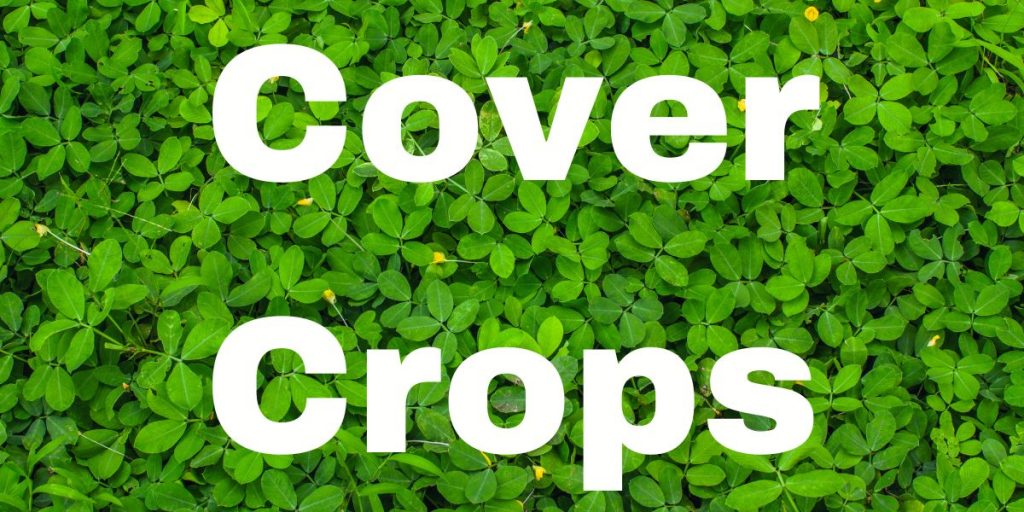Cover Crops Revitalize Garden Soil Over Winter
Cover crops are relatively inexpensive, easy to seed, and provide a great source of green manure for vegetable garden soils. Cover crops help reduce soil erosion, rebuild soil texture and water retention, aid in loosening the soil, add organic matter, suppress weeds and some cover crops, like peas, clover and vetch actually add fertilizer in the form of nitrogen. It’s the natural way to revitalize the soil and suppress weed growth at the same time!
A cover crop can be seeded as soon as any vegetable crop has reached maturity and has been harvested. In fact, cover crops should be sown while the weather is still warm enough for the seeds to germinate. Here in the northwest the cut-off date for seeding is usually set at about October 15th to November 1st. After that time the seed is apt to just sit dormant and not germinate until the next spring, at a time when you really don’t want these cover crops growing in your garden.
There’s no special soil preparation for seeding a cover crop. Simply spade or till the soil after harvest, and sow the cover crop seed. If you have late crops in a part of the garden, then simply sow the cover crop in the space between the rows.
There is a wide variety of seeds that can be grown as cover crops. Among the most popular ones are rye grain, crimson clover, garden peas, vetch, alfalfa, oats, and buckwheat. These can be planted individually or they are often mixed and planted as a blend because of the various benefits the different crops offer.
If lime needs to be added to the vegetable garden soil, do it before seeding the cover crop, or wait until after the cover crop has been spaded or tilled-in next spring.
Cover crops seeded in the fall will continue to grow all winter, whenever it is warm, and then will be ready to be spaded or tilled-in just before planting time late this winter or early spring.
There is a good chance the cover crop will get too tall over winter and it will be necessary to either mow or cut the top with a sickle, before spading. If this happens, leave the cut greens on the soil and simply spade or till them into the soil, because they make the ‘green manure’.
Sometimes if any of the clover or vetch seed does not germinate it will remain over winter and then seed in the spring. This is not desired, so the new seedlings should be cultivated and added to the compost pile before they have a chance to flower and go to seed.
Incidentally, chickweed or most any other weed that grows in the garden over-winter can also be considered a cover crop, when spaded or tilled into the soil. Remember these weeds must be tilled or spaded before they flower and go to seed again, or you will fight the germination of the new seed all spring and summer. These nuisance weeds are not recommended as cover crops, but since they sometimes appear in the garden why not take advantage of their value as green manure.
In addition to cover crops there are other ways of adding organic matter to the soil, over winter. Animal manures are a great source of organic-humus and nutrients. They are best added to the soil in the fall or early winter, so the nutrients have a chance to breakdown over winter.
Compost is another great way of adding organic-humus. And, when you have finished harvesting your vegetables, simply spade or till into the soil the portions of the plants that still remain, as they also become organic humus, adding nutrients and organic matter. Of course, use good common sense, if a crop has had insect or disease problems it would be best to grub it out, rather than take a chance of spreading the problem in the soil.
Fall is a great time to improve the soil in your vegetable garden, and in other parts of the garden too. And, a cover crop is a great way of adding organic-matter, at a time when the garden is inactive.
